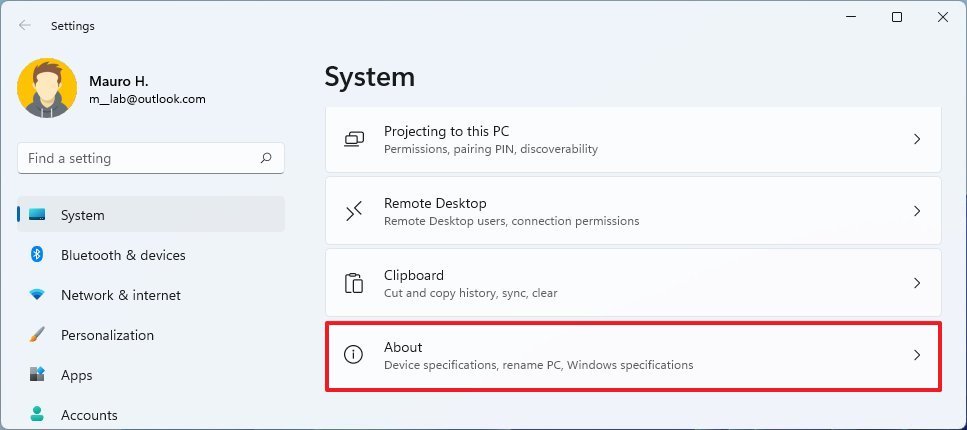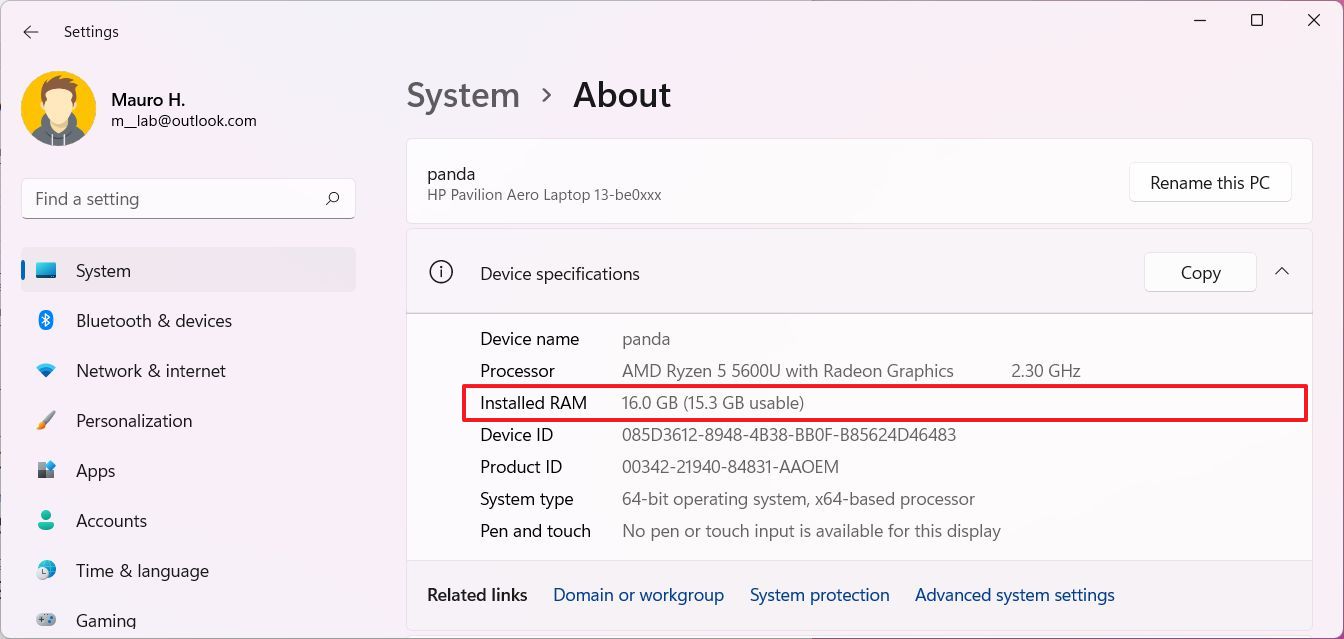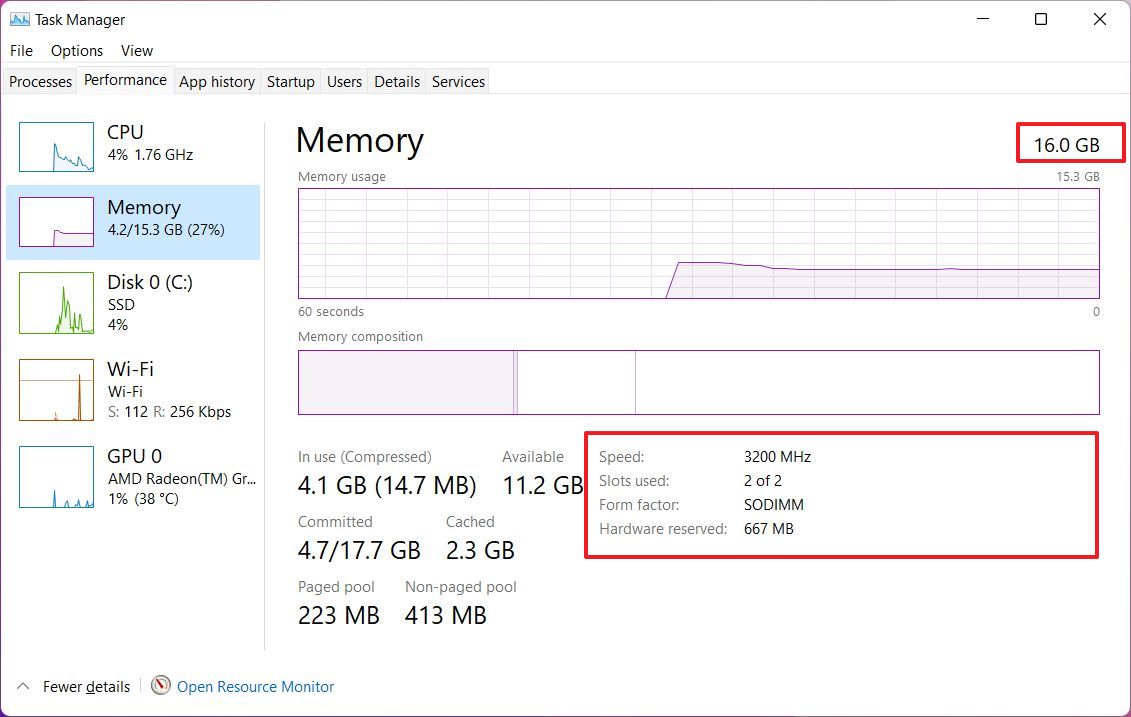
How To View The Memory Specifications On Windows 11
To find out how much memory is installed on your computer in Windows 11, open the Settings app and select System Information. Additional information, such as the system's speed, form factor, the number of modules installed, and the maximum number of modules supported by the system, can be obtained by utilizing the Task Manager.
Calculate the total amount of memory
The following are the steps to take in order to determine the total amount of memory available on your device using the Settings app:
1. Navigate to the Settings menu.
2. Select System from the drop-down menu.
3. Select the About page from the drop-down menu on the right.

4. Check the "Device specifications" section of the computer's manual to see how much RAM is installed on the computer.

Following the completion of the steps, you will be able to determine how much memory Windows 11 has installed. A graphics card is most likely using some of the system's available memory if the total amount of available memory is less than the total amount of available memory.
Check the memory speed, the number of sticks, and the form factor
The following steps should be followed in order to obtain some basic memory specifications for Windows 11:
1. Log on to your computer.
2. In the search bar, type Task Manager, and then click the top result to launch the application.
3. Additional information can be found by selecting the option. (if applicable).
4. Select the Performance tab from the navigation bar.
5. Select the Memory option.
6. Verify that the total amount of RAM installed on the computer corresponds to the amount specified.

7. Check the speed of the memory that is currently in use.
8. Determine the total number of memory slots available on the system, as well as the percentage of available memory that is occupied.
Just a quick note: Using this information, you can figure out how many memory sticks are currently installed on your device, whether you can add another stick, and whether you need to purchase an entirely new memory kit with a larger capacity.
9. Check the form factor to make sure it is correct.
A quick note: SODIMM memory is typically used in laptops and compact devices, whereas DIMM memory is typically used in desktop computers.
After you have completed the steps, you will have the technical specifications for the system memory, which will be useful when it comes time to upgrade the system memory in the future.

